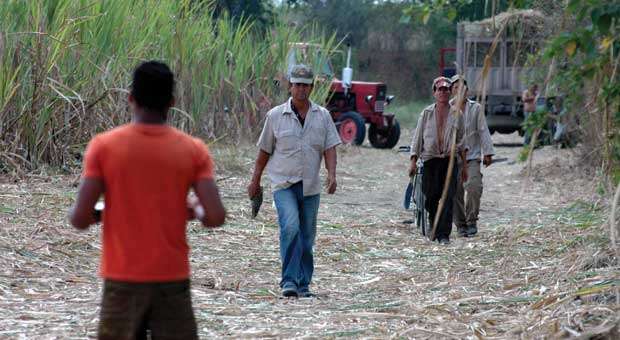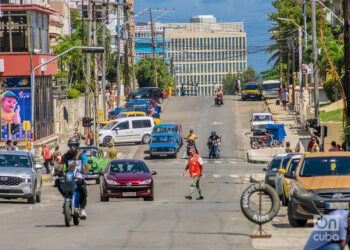Between 2002 and 2004, the Cuban government, weighed down by financial difficulties, extremely high and rising oil prices, scant agro-industrial profits, and persistently low prices for sugar on the world market, decided to break radically with a 400-year-old tradition that made sugar production the driving force of the national economy.
A partial dismantling took place: the number of working sugar mills dropped from 156 to 61, tens of thousands of jobs disappeared, and the farmland devoted to sugar cane was reduced from two million to 750,000 hectares (from about 4,942,200 acres to 1,853,325 acres). The collapse came a few years later. In 2010 the sugar cane harvest was described as “disastrous” in production and efficiency. Such a poor harvest had not been recorded since 1995: just 1.1 million tons.
The extremely radical nature of the measures taken at the beginning of that decade and the sharp drop that came at decade’s end contributed to the perception that sugar cane would never again reign in Cuba. It seemed to be the definitive end of a historical cycle that had lasted, for better or worse, from the mid-19th century to almost the end of the 20th. During that time, the export of sugar and its derivatives eventually represented 70 to 80 percent of the total value of exported goods.
However, authorities at the time said that the “Cuban sugar industry has sufficient capacity in 61 sugar cane mills to achieve, in an average 110-day harvest, more than three million tons. That raw volume can be increased as the sugar cane supply grows.”
If there is no sugar cane…
By 2010 it was evident that, in the face of the recovery of prices on the world market, favored by the substantial use of sugar cane for producing ethanol in various countries, it was necessary to return to a sugar industry strategy that would reconstitute, on a new scale, what was once Cuba’s “principal industry.”
Based on the Economic Policy Guidelines, the primary objective of the sugar agro-industry is to steadily increase sugar cane production, and products are diversified according to the conditions of the international market.
This program requires observation of international sugar prices for establishing prices for buying cane and sugar from national producers. From now on, the goal will be for these prices to be stimulating compared to other crops.
In addition, the objective is to move toward creating and recovering production plants for sugar industry derivatives and sub-products, prioritizing those for obtaining alcohol, animal feed, bioproducts, and others.
Each one of these premises culminates in the new policy for considerably increasing sugar cane production, a rectification of the early 21st century perspective that promoted the dismantling of mills and the surrounding cane fields.
However, these wishes are still not a reality. The 2012-2013 harvest was poor; only 89 percent of the target was met. Some 133,000 tons of sugar were not produced, and at $400 per ton, the result was a shortfall of more than $53 million for an economy with an acute need for hard currency. One of the reasons: a lack of sugar cane to grind.
Development objectives and foreign investment Many resources have yet to be activated. One is an inflowof foreign capital for bringing dynamism as rapidly as possible to the development of the much deteriorated sugar agribusiness, taking into account its important multiplying potential for the national economy.
Cuba needs to increase annual investment from $3 million to $10 million to improve the quality and quantity of the sugar it produces. The Cuban state sugar company (Azcuba) has been operating under a scheme that allows it to use only 62 percent of its hard currency income to finance operations, repairs and investment.
Azcuba has reported that it expects annual production growth of between 15 and 20 percent. This might appear to be very little and slow to those who think that the sugar agribusiness should play an important role in making Cuba into a “sustainable and prosperous” country.
If a real shift is not made in productivity and efficiency, returning to producing four million tons of sugar per harvest could take longer than five years.
For now, only two foreign companies are operating in the sugar agribusiness, but it is hard not to believe that in the end, the road is being paved to maximizing not only the production of sugar, but also alcohol, electric power, animal feed, pharmaceutical products, furniture, and a wide range of other goods in high demand.












